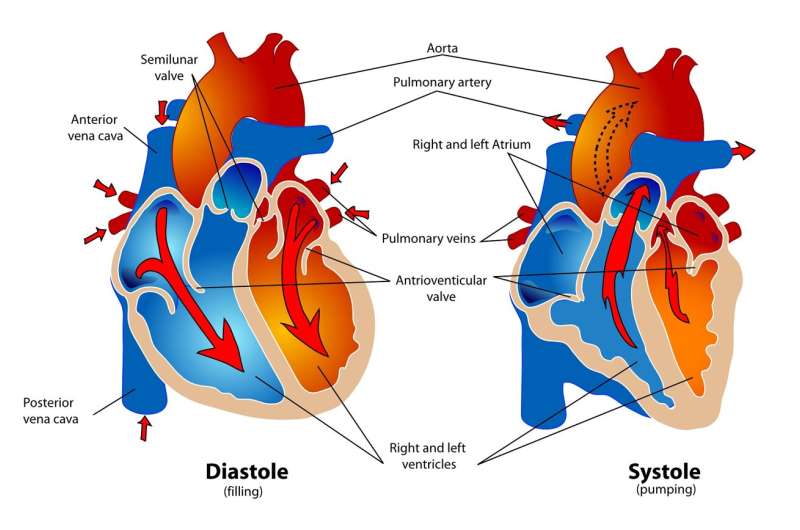Higher Semaglutide Doses Show Superior Waist Reduction and Weight Loss in Obese Adults with Type 2 Diabetes

A new clinical trial reveals that higher doses of semaglutide lead to greater waist circumference and weight reduction in adults with obesity and type 2 diabetes, with potential safety considerations.
A recent clinical trial conducted by Novo Nordisk and involving 68 international medical centers has demonstrated that higher weekly doses of semaglutide, specifically 7.2 mg, lead to significantly greater reductions in waist circumference and body weight among adults with obesity and type 2 diabetes. The study, titled "Once-weekly semaglutide 7.2 mg in adults with obesity and type 2 diabetes (STEP UP T2D)," was published in The Lancet Diabetes & Endocrinology and involved 512 participants with an average age of 56 years, body weight of approximately 110 kg, and BMI around 38.6 kg/m².
Participants were randomly assigned to three groups: a high dose of 7.2 mg, a 2.4 mg dose, or a placebo, all receiving treatments over 72 weeks. The trial also included counseling for caloric intake and physical activity. Results showed that the 7.2 mg dose reduced average body weight by 13.2%, outperforming the 10.4% reduction seen with the 2.4 mg dose and the 3.9% with placebo. Waist circumference decreased by an average of 12.3 cm with the high dose, compared to 5.8 cm with placebo and 10.7 cm with the lower dose.
While the reduction in HbA1c was observed in both active treatment groups, it was not significantly different between the 7.2 mg and 2.4 mg doses, but both were better than placebo. The study reported gastrointestinal side effects, such as nausea and dysesthesia, more frequently in the high-dose group, with about 53.1% experiencing gastrointestinal events and 9.1% experiencing serious adverse events. Notably, one death possibly related to the drug was reported in the high-dose group.
The authors concluded that increasing the semaglutide dose to 7.2 mg provides additional benefits in weight and waist measurements in adults with obesity and type 2 diabetes, although safety signals like dysesthesia and dose reductions warrant further investigation. Experts caution that the potential advantages must be considered alongside the increased risk of side effects, emphasizing the need for independent research to validate these findings and explore long-term safety.
This study underscores the ongoing interest in optimizing pharmacological strategies for obesity and diabetes management, while also highlighting the importance of rigorous, unbiased research to confirm the safety and efficacy of higher drug dosages.
Source: https://medicalxpress.com/news/2025-09-novo-nordisk-greater-waist-reduction.html
Stay Updated with Mia's Feed
Get the latest health & wellness insights delivered straight to your inbox.
Related Articles
Hypertensive Disorders During Pregnancy Linked to Early Breastfeeding Difficulties and Reduced Duration
New research links hypertensive disorders during pregnancy to early breastfeeding difficulties and shorter breastfeeding duration, highlighting the need for targeted support to improve maternal and infant health outcomes.
Myth of Tongue Swallowing Prevention in CPR Causing Critical Delays During Athlete Resuscitation
New research exposes how the myth of 'tongue-swallowing' delays CPR in athletes, leading to increased risk of brain injury and death. Accurate public education is vital to improve emergency responses in cardiac arrest cases.
Advanced Risk Calculator Enhances 10-Year Prediction of Heart Disease and Detects Calcium Deposits in Arteries
A new study shows that the PREVENT risk calculator, combined with calcium scoring, accurately predicts 10-year cardiovascular risk and detects arterial calcium buildup, aiding in early intervention and prevention strategies.
Impact of Skin Pigmentation on Pulse Oximeter Accuracy
Recent studies reveal that skin pigmentation can impair pulse oximeter accuracy, especially in low-oxygen conditions, highlighting the need for more inclusive device design. Learn about the latest research addressing this critical issue.



